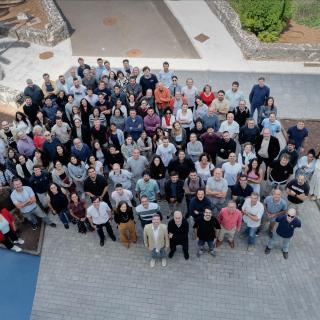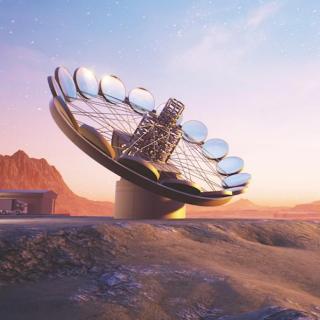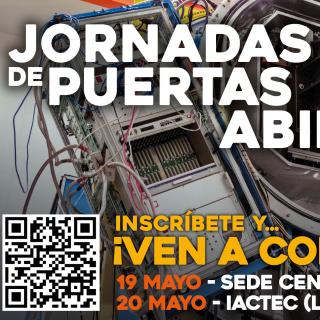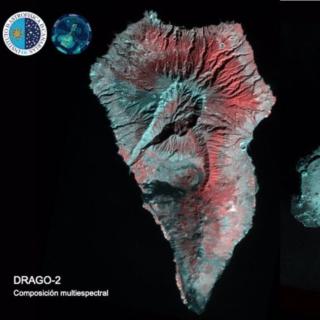
The Instituto de Astrofísica de Canarias (IAC) today held the 16th edition of the ‘Our Science Day’, an annual internal event which brought together its research and technical staff at the IACTEC headquarters in La Laguna. This meeting has established itself as a space for sharing the most outstanding advances of the past year in the different areas of work of the centre, promoting collaboration, cohesion and the exchange of ideas between teams. The conference was opened by the director of the IAC, Valentín Martínez Pillet, who presented an analysis of the centre's situation. The director
Advertised on




